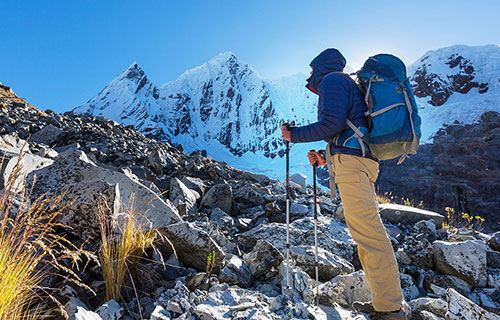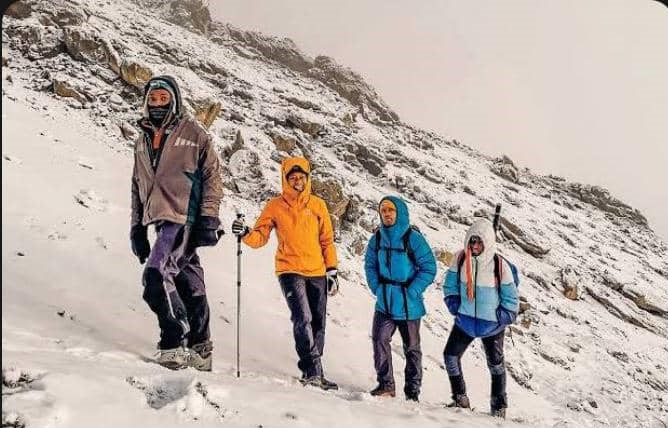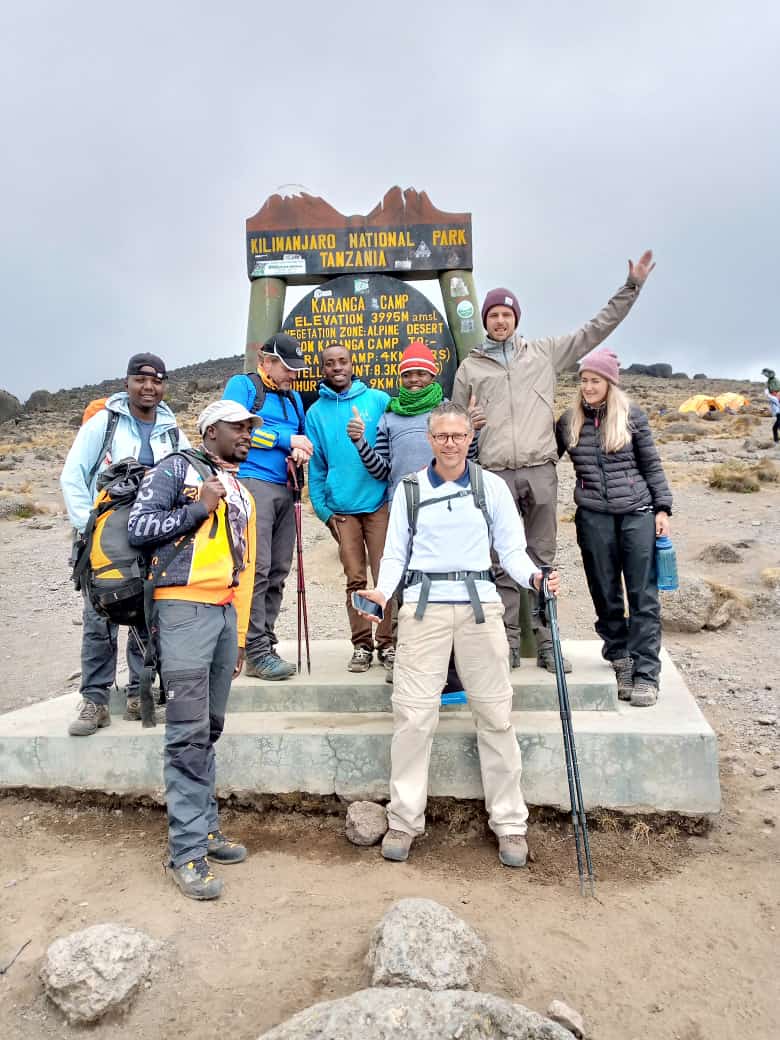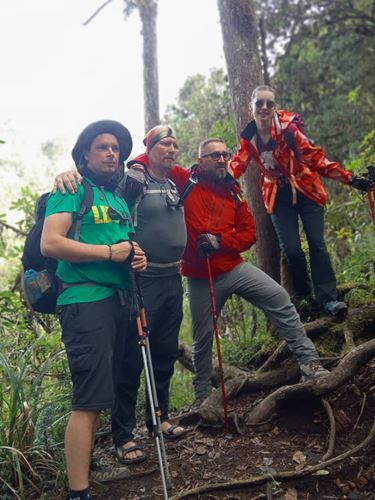About Pare Mountains
The Pare Mountains, located in northeastern Tanzania, are a captivating range with various peaks forming northern and southern subranges, part of the Eastern Arc Mountains. This impressive range features 52 named mountains, with the towering Shengana Peak in South Pare reaching an elevation of 2,463 meters (8,081 feet). The North Pare and South Pare Mountains begin about 35 km (20 mi) southeast of Kilimanjaro and stretch northward toward the Usambara Mountains. To the east of the North Pare range lies Lake Jipe, marking the border between Tanzania and Kenya.
In the Mwanga District of the Kilimanjaro Region, the North Pare Mountains host six forest reserves: Kindoroko, Minja, Mramba, Kiverenge, Kamwella I, and Kamwella II, covering 7,407 hectares (18,303 acres). There are also nearly 300 clan forests safeguarding 371 hectares (917 acres). The South Pare Mountains, located in the Same District, include:
- 1 Nature Reserve: Chome Nature Reserve
- 8 Gazetted Forest Reserves: Chambogo, Kiranga-Hengae, Chongweni, Kankoma, Kisiwani, Vumari, Kwizu, and Maganda
- 5 Proposed Forest and Village Forest Reserves: Kwamwenda, Mwala, Dido, Mambugi, and Ishereto
These reserves collectively span over 27,168 hectares (67,134 acres). Chome Nature Reserve, established in 1957 and upgraded to a nature reserve in 2016, covers 14,283 hectares (35,294 acres) and includes Shengena Peak.
Geological Formation
The Eastern Arc Mountains, including the Pare Mountains, began forming around 100 million years ago, with their current topography emerging during the Miocene epoch, approximately 25 to 30 million years ago. Composed primarily of migmatites and granites with notable quartz veins, these ancient rocks have been sculpted by millions of years of uplift and erosion. The South Pare Mountains, including Shengena Peak, are particularly rich in mica deposits.
Ecology
The Pare Mountains boast diverse ecosystems, though they are considered to have a lower conservation priority compared to other Eastern Arc ranges. The South Pare Mountains support various habitats such as sub-montane, montane, and upper montane forests, as well as montane heath areas within Chome Nature Forest Reserve. Notable tree species include Guinea plum (Parinari excelsa) and Ocotea usambarensis. The South Pare white-eye (Zosterops winifredae), endemic to the region, can also be spotted here.
Receiving around 140 cm (55 in) of rain annually, with most precipitation during the short rainy season (November-December) and the long rainy season (March-May), the region faces threats from logging and fires. The North Pare Mountains feature montane forests and heathlands, with notable species including African cherry (Prunus africana) and Newtonia buchananii. This area supports diverse wildlife, including various bird species and mammals such as genets, civets, and Sykes monkeys.

Human History
Pareland, also known as Vuasu, lies on one of the historic East African trade routes, linking the hinterland with the Indian Ocean coast. The Pare tribe, or Wapare, have inhabited these mountains for over 500 years. Despite modern changes, the Pare people maintain their cultural traditions, including forest conservation practices and the collection of medicinal plants. Their heritage plays a crucial role in preserving the region’s forests, many of which are considered sacred.
Chome Nature Forest Reserve & Shengena Peak
Shengena Peak, the highest point in the Pare range, is a major highlight for visitors. The most common route involves a two-hour drive from Same to Chome Nature Forest Reserve, where a visitor center is located. Alternatively, you can approach from Makanya via the highway south of Same. Chome offers two campsites, one within the reserve and another near the entrance. Accommodations are also available in local guest houses in Kisaka and surrounding villages. The trek to Shengena Peak takes about six hours, offering breathtaking views of Mkomazi National Park and the Taita Hills across the Kenyan border.
Activities in the Pare Mountains
Discover a variety of activities in the Pare Mountains:
- Hiking and Trekking: Enjoy day hikes on short trails suitable for beginners.
- Climbing: Experience rock climbing on challenging formations.
Wildlife and Nature Exploration
Explore the diverse wildlife and natural beauty of the Pare Mountains:
- Bird Watching: Observe a variety of mountain birds in their natural habitats.
- Wildlife Safaris: Go on guided tours to spot animals like mountain goats.
- Botanical Tours: Discover unique mountain flora and ecosystems.
- Rock Climbing: Scale rock formations with professional gear.
Cultural Activities
Engage in enriching cultural experiences:
- Village Tours: Visit local communities to learn about their traditions.
- Cultural Festivals: Participate in or observe traditional mountain festivals.
Relaxation and Wellness
Enjoy relaxation and wellness activities in the serene mountain environment:
- Hot Springs: Soak in natural geothermal pools.
- Yoga Retreats: Practice yoga in tranquil mountain settings.
- Meditation: Find peace and mindfulness amidst nature.
Camping and Overnight Stays
Experience the mountains overnight with various camping options:
- Tent Camping: Set up at designated campsites for a traditional camping experience.
- Mountain Huts: Stay in shelters or huts along trekking routes.
- Glamping: Enjoy luxury camping with added amenities.





